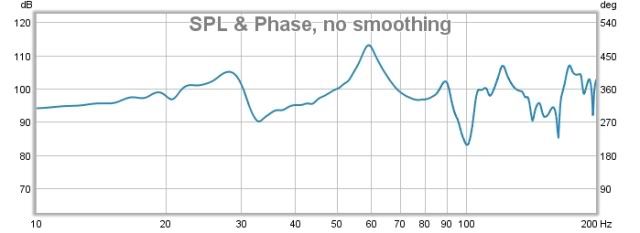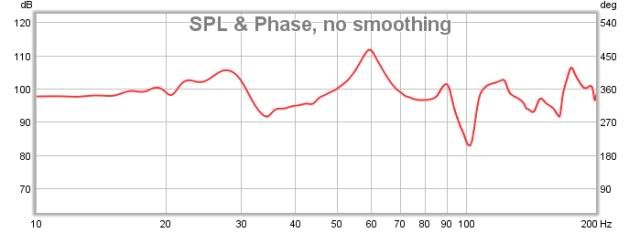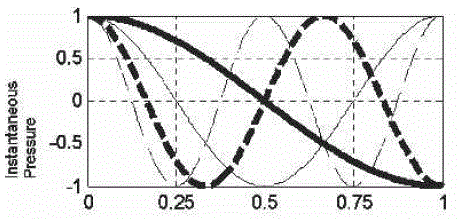Attached is a picture of my current room. I have somewhat randomly dumped some absorbtion panels on the walls. The two panels behind my speakers are 4" bass traps. I will take possesion of a pair of Evolution Acoustics MM3 tomorrow and have sold the two subs in the picture.
http://forum.audiogon.com/cgi-bin/fr.pl?vhome&1285196540
My question is twofold. With the subs gone, I have now space for "top to bottom" triangular corner bass traps behind the speakers. Is this always a good idea, or are (REW or other) measurements required to assess if this will beneficial in my room? Should I set up and measure the new speakers first before spending some money (not soo much), on traps? Note: I also have a Trinnov room correction system to address bass issues.
If I end up buying the corner traps, what would be the best position to put the 24 x 48 panels? The ceiling would be the most obvious location. Apologies for my ignorance - I feel like a true amateur among the pro's hanging around here.
http://forum.audiogon.com/cgi-bin/fr.pl?vhome&1285196540
My question is twofold. With the subs gone, I have now space for "top to bottom" triangular corner bass traps behind the speakers. Is this always a good idea, or are (REW or other) measurements required to assess if this will beneficial in my room? Should I set up and measure the new speakers first before spending some money (not soo much), on traps? Note: I also have a Trinnov room correction system to address bass issues.
If I end up buying the corner traps, what would be the best position to put the 24 x 48 panels? The ceiling would be the most obvious location. Apologies for my ignorance - I feel like a true amateur among the pro's hanging around here.






